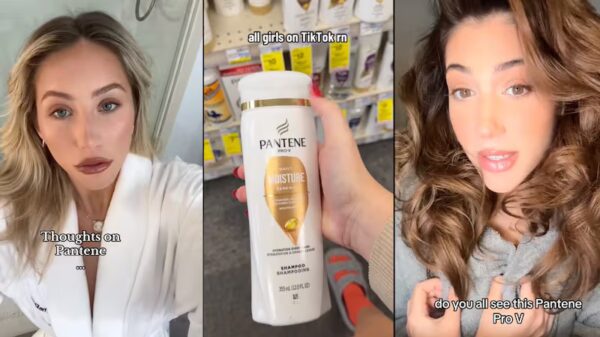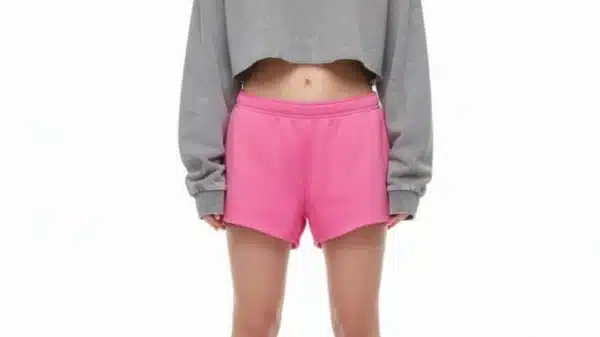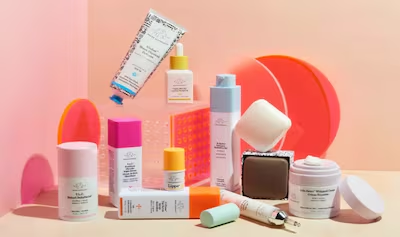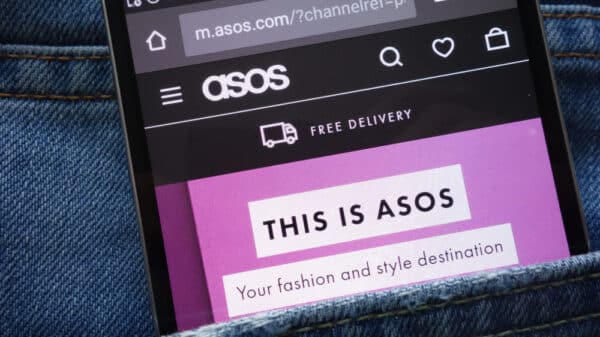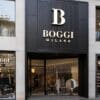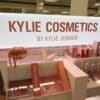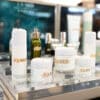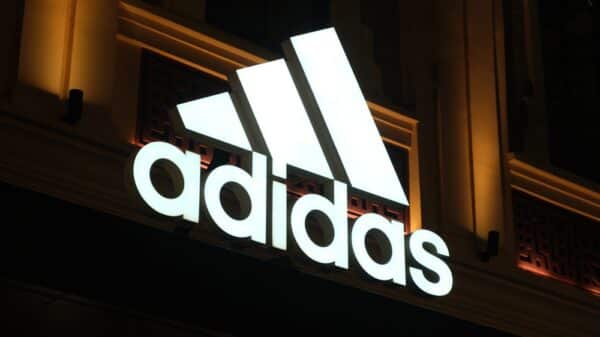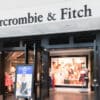In the ever-evolving landscape of the beauty industry, many influencers prefer the simplicity of drugstore hair care products despite access to luxurious, high-end options. Audrey Victoria, a prominent beauty and lifestyle creator known for her candid reviews and engaging hair tutorials, exemplifies this trend. “It’s significant for someone like me who can access any brand. High-end hair care may carry a reputation for luxury, but in terms of functional performance, drugstore options often deliver equally well, if not better,” she shares.
Victoria’s perspective is not unique. Market research from Circana indicates that mass-market hair care generates a staggering 90 percent of the U.S. hair care revenue. However, a noticeable shift has begun, as the premium segment experiences accelerated growth, largely due to the rising interest in “skinification.” Larissa Jensen, Circana’s global beauty advisor, notes a growing focus on hair strengthening, scalp health, and solutions for thinning hair, all contributing to this trend.
Shampoo continues to dominate the global hair care market, accounting for over a third of projected sales by 2025, according to consumer insights from Euromonitor. To achieve sustained growth, brands need to consider the entire hair care routine, not simply individual treatments. Yet, they face stiff competition from established drugstore brands that are upgrading their offerings with innovative ingredients and formulations at a time when consumers are increasingly budget-conscious.
The Drugstore Appeal
The attraction of drugstore hair care is clear: it combines efficacy with affordability. During the 2024 holiday season, influencer Alix Earle’s viral assertion that her expired Pantene shampoo outperformed other products garnered an impressive 28 million views in just ten days. This episode illustrates consumers’ preference for instant results over specialist treatments that require long-term use.
Analysts like Alice Crossley, a senior strategist at The Future Laboratory, agree that this preference signals a broader trend in spending behavior. “Consumers have transitioned from elaborate 16-step skincare routines to simplified regimens, often sticking to mass-market shampoos and conditioners while splurging on premium treatments,” she explains.
Matthew Newman, a hairstylist and influencer known as MattLovesHair, offers additional insights, emphasizing that while luxury brands have garnered attention online, most consumers operate within tighter budgets. “People express more interest in affordable, mass-market options than in high-end alternatives,” he notes.
Victoria adds that prestige shampoos often lack value. “With shampoos primarily built around surfactants, I believe it’s difficult to substantially improve upon basic formulas,” she states. However, when advancements in technology are evident, consumers are willing to upgrade, which is reinforced by the rising “skinification” trend, according to Crossley.
Shoppers are increasingly seeking effective products, and brands that invest in innovation are reaping the rewards. Data from Euromonitor reveals that six of the top ten fastest-growing hair care brands fall within the premium category, all highlighting scientific backing as their unique selling point. Significant acquisitions, like Unilever’s purchase of K18 and L’Oréal’s acquisition of Color Wow, further illustrate the market’s focus on these rapidly expanding brands.
Nevertheless, mass-market brands are not standing still. “Though premium brands are currently outpacing mass in value, the performance gap is narrowing as more affordable options integrate premium traits,” comments Connor Spicer, a consultant at Euromonitor International.
L’Oréal’s Elvive line exemplifies this trend, achieving remarkable success through skincare-inspired formulations and trendy treatments like bond-building glosses. The Elvive Glycolic Gloss collection, priced between $5 and $12, has gained traction among younger consumers, making it a leading brand for mass-market hair care at retailers like Walmart, according to Laura Branik, president of L’Oréal Paris USA.
The Prestige Haircare Strategy
While “masstige” brands rapidly innovate, premium brands also possess advantages, particularly their luxury image. For example, Oribe leverages this positioning with its Gold Lust line, which stands out as their best-selling product.
On another front, Redken is pursuing growth through effective branding strategies. In a fortuitous turn, Redken partnered with Sabrina Carpenter, whose rising fame has led to posts featuring her generating up to 50 times more engagement compared to traditional brand posts.
Despite the influence of key opinion leaders, hairstylists remain the most trusted sources in hair care. Brands like Amika, Olaplex, and Redken are revamping their strategies to cater specifically to the professional community. Salons represent a growth opportunity and a strong channel for word-of-mouth marketing, areas where drugstore brands have yet to make significant inroads. Moreover, the rise of e-commerce has enabled consumers to easily restock their favorite products outside salon visits, providing windfall opportunities for premium brands, Spicer adds.
Ultimately, the onus is on brands to communicate the value and efficacy of their shampoos as effectively as they promote their science-based treatments. Even as budgets tighten, the demand for high-quality products highlights that consumers are willing to invest in hair care, but only when the product’s benefits are clearly substantiated.
“In hair care, there’s often a clearer link between price and efficacy compared to what we observe in skincare,” Jensen notes, further emphasizing the need for brands to prove their worth.

